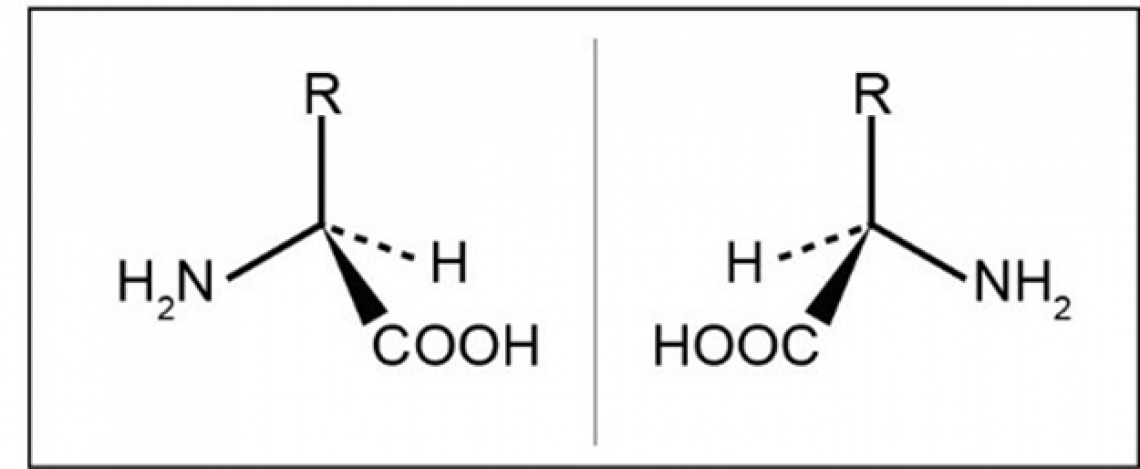Fig. 1
Serum levels of D-amino acids decrease in patients with severe COVID-19
Researchers led by Osaka University and National Institutes of Biomedical Innovation, Health and Nutrition (NIBIOHN) investigate the potential of D-amino acids in the evaluation and treatment of severe COVID-19 and influenza infection
Osaka, Japan – Just as bricks are key components in constructing a building, molecules known as amino acids are essential components in constructing proteins in the body. Recently, researchers in Japan investigated the role of a particular group of amino acids, known as D-amino acids, in the progression of viruses like influenza A virus (IAV) and Sars CoV-2, the virus responsible for COVID-19.
In a new study published in BBA – Molecular Basis of Disease, the research team have uncovered a relationship between D-amino acids and severe viral infection in both animals and humans.
While our understanding of COVID-19 has evolved during the COVID-19 pandemic, methods to predict disease severity and treat severe COVID-19 infection have been somewhat limited. D-amino acids have been previously shown to function as biomarkers for diseases such as kidney disease. However, the significance of D-amino acids in viral infection has not yet been explored, spurring the research team to investigate whether D-amino acids are affected during severe IAV infection or COVID-19.
Fig. 2
Supplementation of D-alanine mitigated the severe body weight reduction in Influenza A virus (IAV) infection mice model, and improved survival in COVID-19 mice model.
“We first assessed serum levels of D-amino acids in a mouse model of severe IAV infection and found that D-amino acids were greatly reduced in these mice compared with uninfected mice,” says lead author of the study Shihoko Kimura-Ohba. “When we evaluated serum from patients with severe COVID-19, we also found reduced levels of D-amino acids compared to those of healthy control subjects.”
The researchers next explored the effects of supplementation with a specific D-amino acid known as D-alanine in mouse models of IAV infection and COVID-19. IAV mice exhibited a severe reduction in body weight that was mitigated by D-alanine treatment, while survival rates were improved in COVID-19 mice who received D-alanine treatment.
“Our results indicate that D-amino acids may serve as biomarkers to reflect the severity of viral infection,” says senior author Tomonori Kimura. “Additionally, although the observed effects of D-alanine supplementation were limited, treatment with D-alanine may help to improve clinical outcomes in patients with severe viral infection.”
The mechanism of D-alanine in the improvement of viral prognosis has yet to be elucidated. However, the research team’s findings indicate that D-amino acids represent promising biomarkers and therapeutic options for the evaluation and treatment of severe viral infections, including those associated with COVID-19.
###
The article, “D-Alanine as a biomarker and a therapeutic option for severe influenza virus infection and COVID-19,” was published in BBA – Molecular Basis of Disease at DOI: https://doi.org/10.1016/j.bbadis.2022.166584.
Fig. 3
Chiral amino acids. L-and D-amino acids are same in molecular weight, bond angle, bond length, but different in characteristics. Only L-amino acids have been regarded to be present in the body until recently.
About Osaka University
Osaka University was founded in 1931 as one of the seven imperial universities of Japan and is now one of Japan's leading comprehensive universities with a broad disciplinary spectrum. This strength is coupled with a singular drive for innovation that extends throughout the scientific process, from fundamental research to the creation of applied technology with positive economic impacts. Its commitment to innovation has been recognized in Japan and around the world, being named Japan's most innovative university in 2015 (Reuters 2015 Top 100) and one of the most innovative institutions in the world in 2017 (Innovative Universities and the Nature Index Innovation 2017). Now, Osaka University is leveraging its role as a Designated National University Corporation selected by the Ministry of Education, Culture, Sports, Science and Technology to contribute to innovation for human welfare, sustainable development of society, and social transformation.
Website: https://resou.osaka-u.ac.jp/en





